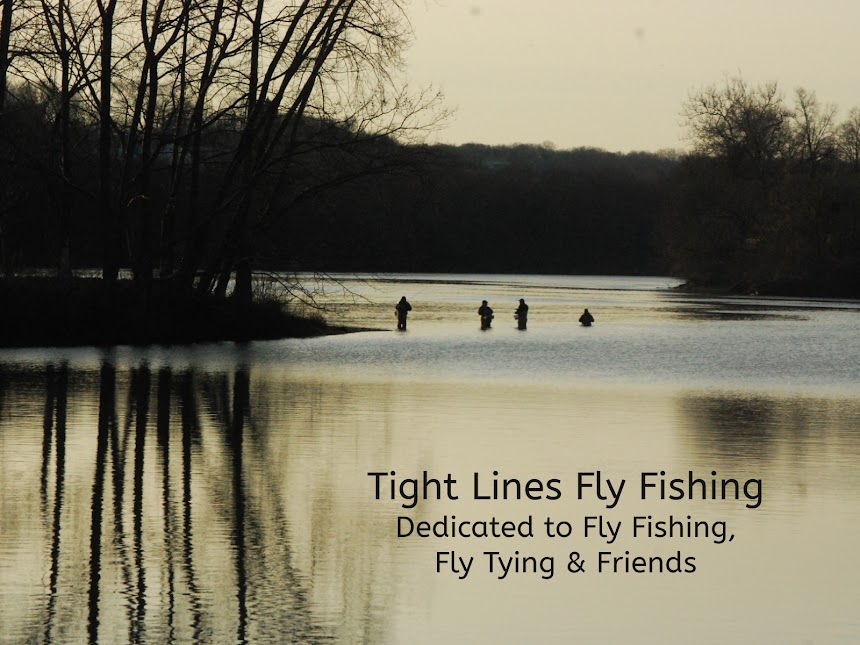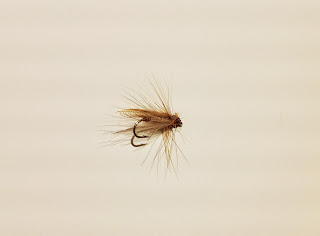Marts CdL Hen Caddis Emerger
Hook: Diiachi 1180 Size#16
Tying thread: Dark Grey or Brown 8/0 Uni
Thread.
Body: Tan Superfine Dubbing.
Underwing: Cul de Leon rooster barbs, dark pardo
(optional).
Flatwing: Cul de Leon hen neck hackle, speckled brown.
Hackle 1: CDC natural Grey.
Hackle 2: Cul de Leon hen neck
hackle, speckled brown.
The past few years I have
“re-discovered” fishing wet flies. I
started out fishing them a lot because they were easy to tie. Then I kind of got away from them during my
fly fishing journey. Glad I’m back to
using them. Although this particular fly
is characterized as an emerger, I look at it more as a wet fly fished in the
surface film. This fly was invented by a
gentleman named Martin Westbeek. It’s
the hackle materials that make this fly “come to life”. I’ve had some pretty successful days with
it.
I wouldn’t call this an easy tie, but it’s well
worth the effort. To begin tying this
fly start your thread behind hook eye and wrap down to the point on the hook
shank even with barb of the hook. Next,
dub a thin tapered body, leaving the last 1/3rd of the hook shank (behind
the eye) without any dubbing. This will
be the base for your wing and hackle materials.
If you like, tie in a few rooster CdL feather fibers as your
underwing. You are now going to prepare
your flatwing. Take a hen neck hackle
and stroke enough fibers in the opposite direction to form a wing. Hold the fibers in place and lash it down on
the hook shank. The ‘flatwing’ should extend beyond the hook
shank approximately 1/3rd the hook shank. Cut off the tip of the feather and the ‘butt’
end after the tie down point. Form an
even base behind the hook eye for your hackles.
Next, tie in your CDC feather by the tip. Stroke the fibers back and then make a few
closely spaced wraps. The barbs should
point to the bend of the hook. Tie it
off and trim the ‘butt’ end of the CDC hackle.
Next, prepare a Coq de Leon hen feather in the same manner. Tie it in by the butt end. Make two wraps with the feather and tie it
off. Trim off the ‘butt’ end and whip
finish the fly. You may apply a drop of
head cement if you wish.
Below is an instructional video on how to tie this fly:
If you have any questions
about this fly or would like to submit a Fly of the Month, I can be reached at
203 305-3850 or e-mail me at pdinice@frontier.com .






